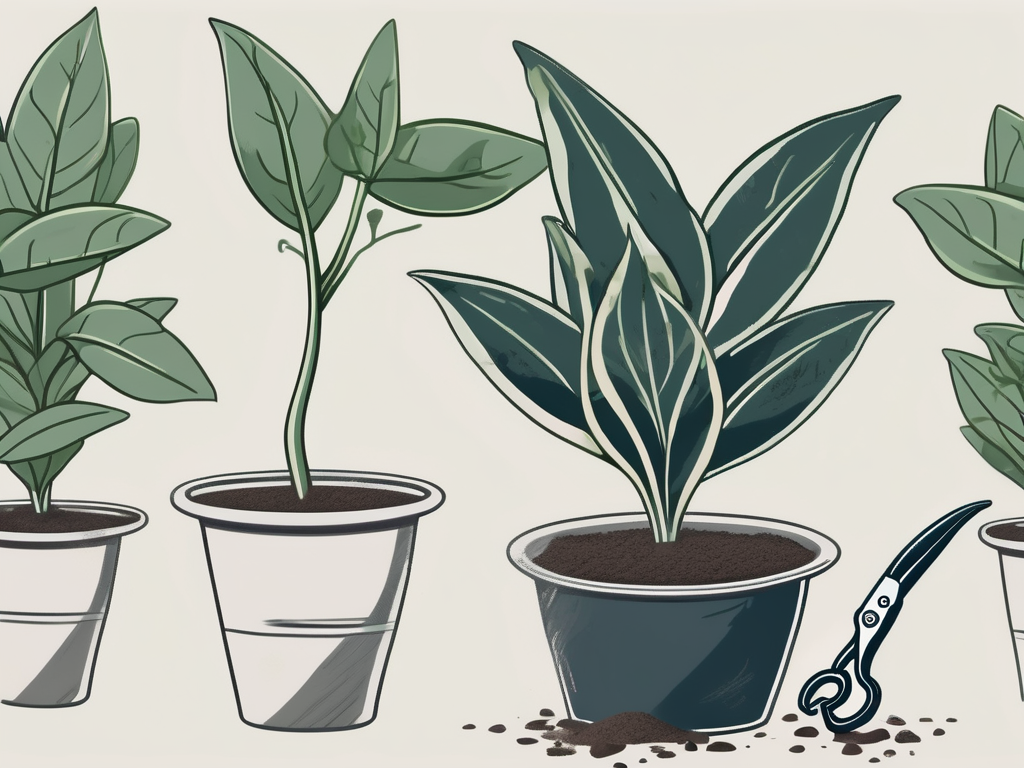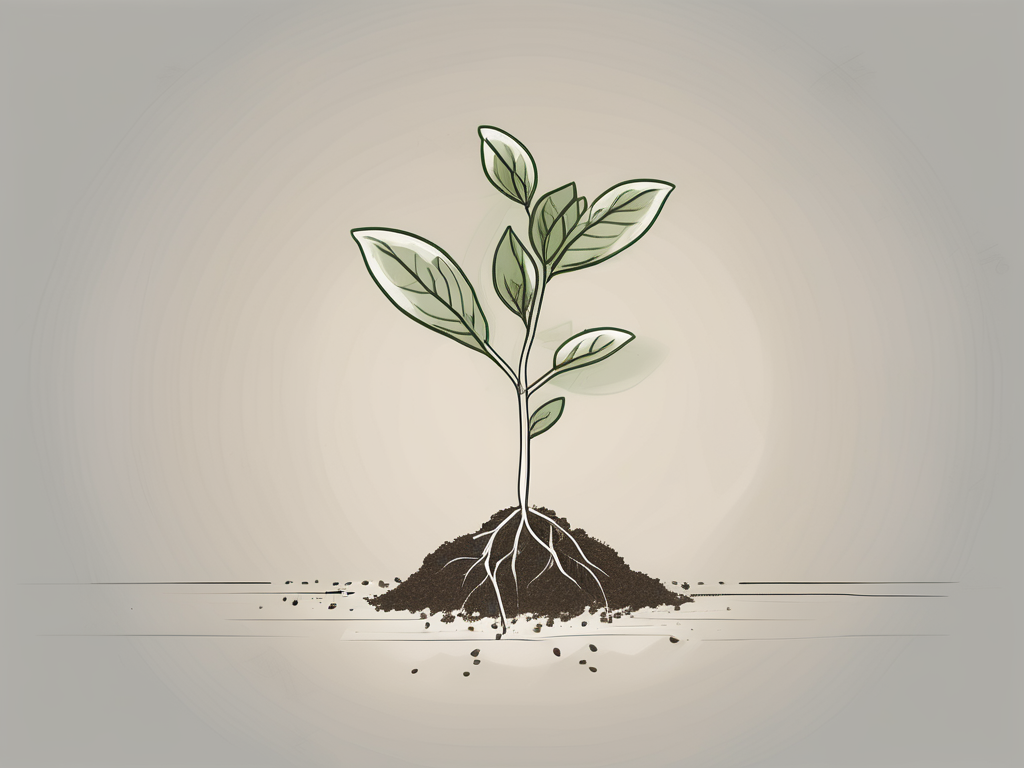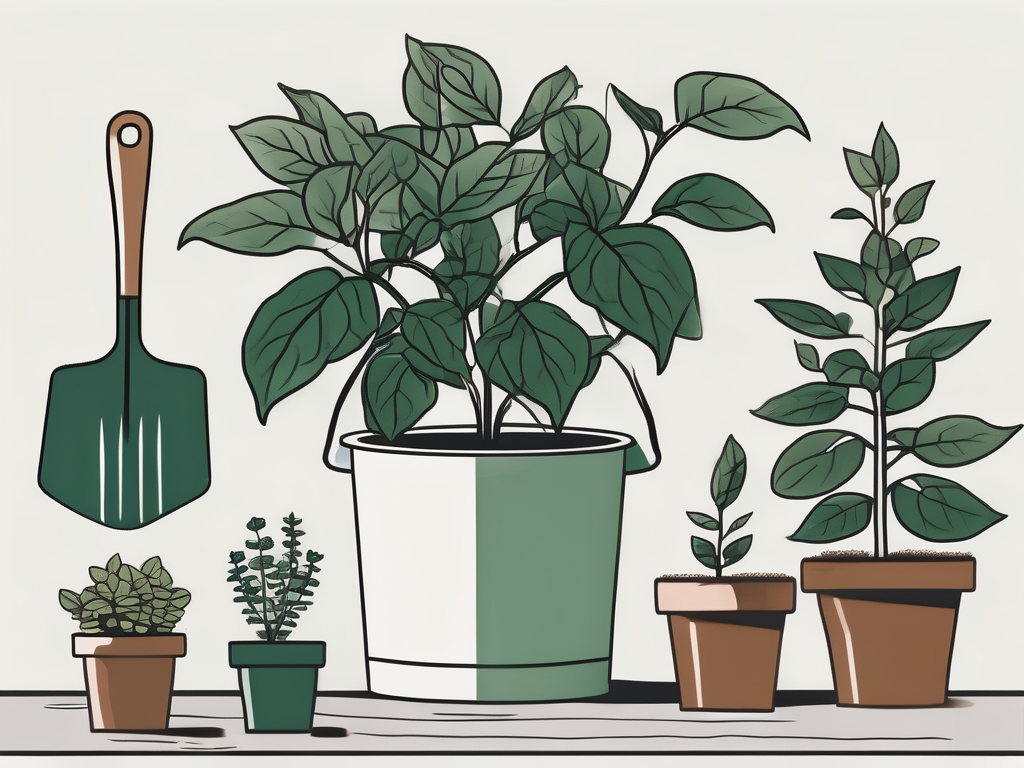
If you’re a fan of trailing plants with vibrant, eye-catching foliage, then you’ve probably encountered the Wandering Jew. This plant, with its striking purple, green, and silver leaves, is a favorite for both beginner and seasoned plant lovers. Not only does it add a splash of color to any room, but it’s also incredibly easy to propagate.
In this article, we'll walk you through the process of propagating your Wandering Jew, step by step. By the end, you'll be well-equipped to grow your collection and maybe even share some new plants with friends!
Getting to Know the Wandering Jew
Before we jump into the propagation process, it’s important to understand a bit about the Wandering Jew plant itself. Officially known as Tradescantia, this plant is part of a larger family that includes several varieties. The most common types you'll find in homes are Tradescantia zebrina, Tradescantia fluminensis, and Tradescantia pallida. Each has its own unique leaf patterns and colors, but the propagation method remains largely the same.
Wandering Jews are beloved for their low-maintenance characteristics. They thrive in bright, indirect light and appreciate a good drink when the top inch of their soil feels dry. These plants are prolific growers, making them perfect candidates for propagation. But why stop at one plant when you can easily create more?
Why Propagate Wandering Jew?
There are several reasons why you might want to propagate your Wandering Jew. First, it’s an economical way to expand your indoor garden without spending a dime. Secondly, these plants have a tendency to become leggy over time. Propagation allows you to trim back those long stems and rejuvenate your plant, promoting fuller, more lush growth.
Moreover, propagating plants can be a rewarding experience. Watching new roots form and leaves unfurl is nothing short of magical. Not to mention, it’s a great way to share a piece of your home with friends and family. A propagated plant makes a thoughtful, personal gift.
Gathering Your Supplies
Before you get started, you’ll need to gather a few supplies. Fortunately, you don’t need much:
- Healthy Wandering Jew plant: Ensure your plant is free of pests and diseases.
- Sharp scissors or pruning shears: Clean them with rubbing alcohol to prevent any potential infections.
- Small pots or containers: These will house your cuttings as they grow roots.
- Potting soil: A well-draining mix is ideal.
- Water: For those planning to propagate in water.
Having everything ready before you start will make the process smoother and more enjoyable. Plus, it gives you a chance to inspect your tools and plants closely, ensuring you’re set up for success.
Choosing Your Cutting
Choosing the right stem for propagation is crucial. You want a healthy, robust section of the plant that will respond well to rooting. Here’s how to select the perfect cutting:
- Choose a healthy stem: Look for stems that are vibrant and free from any discoloration or damage.
- Length matters: Aim for cuttings that are 4-6 inches long. This provides enough length for rooting while maintaining enough energy to support new growth.
- Inspect the nodes: Nodes are the points along the stem where leaves attach. These are the spots where roots will form, so ensure your cutting has at least a couple of nodes.
Once you’ve found the right stem, make a clean cut just below a node. This ensures that the cutting has the best chance of developing strong roots.
Preparing the Cutting
Now that you have your cutting, it’s time to prepare it for rooting. This step is all about setting your plant up for success, whether you’re rooting in water or soil.
- Remove lower leaves: Trim away any leaves that would sit below the water or soil line. This prevents the leaves from rotting and keeps the cutting healthy.
- Optional rooting hormone: While not necessary, dipping the cut end in rooting hormone can speed up the process.
If you’re rooting in water, simply place the cutting in a glass of water with the nodes submerged. For those opting for soil, make a small hole in your potting mix and gently insert the cutting, ensuring the nodes are covered.
Rooting in Water
Rooting Wandering Jew cuttings in water is a popular choice for many plant parents. It’s simple, allows for easy monitoring of root growth, and can even be a decorative addition to your space.
Here’s how to do it:
- Choose a clear container: A glass jar or vase works perfectly. It allows you to see the roots as they develop.
- Position your cutting: Ensure that at least one node is submerged in water. The leaves should stay above the waterline.
- Change the water regularly: Refresh the water every few days to prevent stagnation and bacterial growth.
- Be patient: Roots typically start forming within a week or two. Once they’re a couple of inches long, your cutting is ready to be potted.
This method is not only easy but also a great way to engage with your plant’s growth process. Watching roots form can be incredibly satisfying!
Rooting in Soil
For those who prefer a more traditional approach, rooting in soil is equally effective. Here’s how you can do it:
- Prepare your pot: Fill a small pot with well-draining soil. Water it lightly to moisten the mix.
- Plant the cutting: Make a small hole in the soil and insert your cutting, ensuring the nodes are buried.
- Maintain humidity: Covering the pot with a plastic bag or placing it in a mini greenhouse can help maintain humidity, which encourages rooting.
- Water sparingly: Keep the soil slightly moist but not soggy. Overwatering can lead to rot.
This method allows your cutting to adapt to soil early on, reducing the shock when it’s time to pot it permanently.
Caring for Your New Plant
Once your cuttings have developed roots, either in water or soil, it’s time to pot them up and start caring for your new plant. Here’s what you need to do:
- Select a pot: Choose a pot with drainage holes to prevent waterlogging.
- Use fresh soil: A well-draining potting mix is best. Consider adding some perlite or sand for extra drainage.
- Place in bright, indirect light: Wandering Jews love bright light, but direct sun can scorch their leaves.
- Water when needed: Allow the top inch of soil to dry out before watering. They don’t like sitting in soggy soil.
Your new plant should settle in quickly, and before you know it, you’ll have a thriving addition to your collection.
Common Issues and Troubleshooting
Even with the best care, sometimes things don’t go as planned. Here are some common issues you might encounter and how to address them:
- Yellowing leaves: This could be a sign of overwatering. Check that your pot has good drainage and adjust your watering schedule.
- No roots forming: If your cutting isn’t rooting, try refreshing the water more often or ensuring the soil isn’t too compacted. You might also consider using rooting hormone.
- Leggy growth: This often occurs when the plant isn’t getting enough light. Move it to a brighter spot and rotate the pot regularly to encourage even growth.
Remember, every plant is different, and sometimes it takes a bit of trial and error to find what works best for yours.
Sharing Your Success
Once you’ve mastered the art of propagation, why not share your success? Propagated plants make wonderful gifts for friends and family. Not only are they a piece of your home, but they’re also a testament to your growing skills as a plant parent.
You could even consider hosting a plant swap with fellow plant lovers. It’s a great way to connect, share knowledge, and perhaps bring home a new addition to your collection.
Final Thoughts
Propagating a Wandering Jew is a simple and rewarding process that can help you expand your indoor garden with ease. By following these steps, you’ll be well on your way to enjoying a thriving collection of these beautiful plants.
At Cafe Planta, we believe in the power of plants to transform our spaces and bring joy to our lives. Whether you’re a seasoned plant parent or just starting out, we’re here to support your journey. If you have questions or need advice, feel free to email us or send a DM on our Instagram. Let’s grow together!












